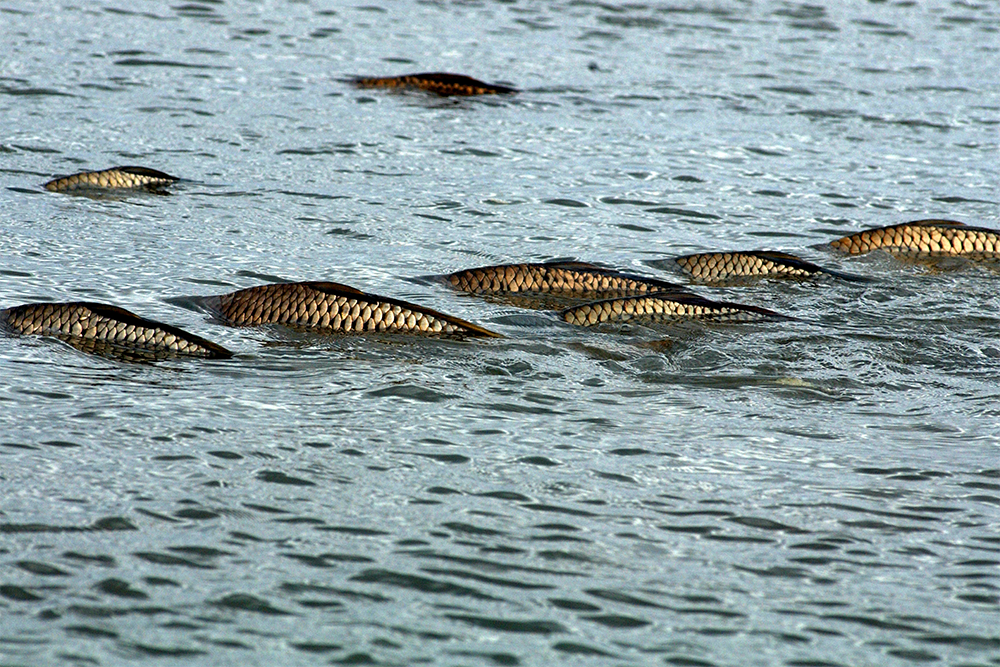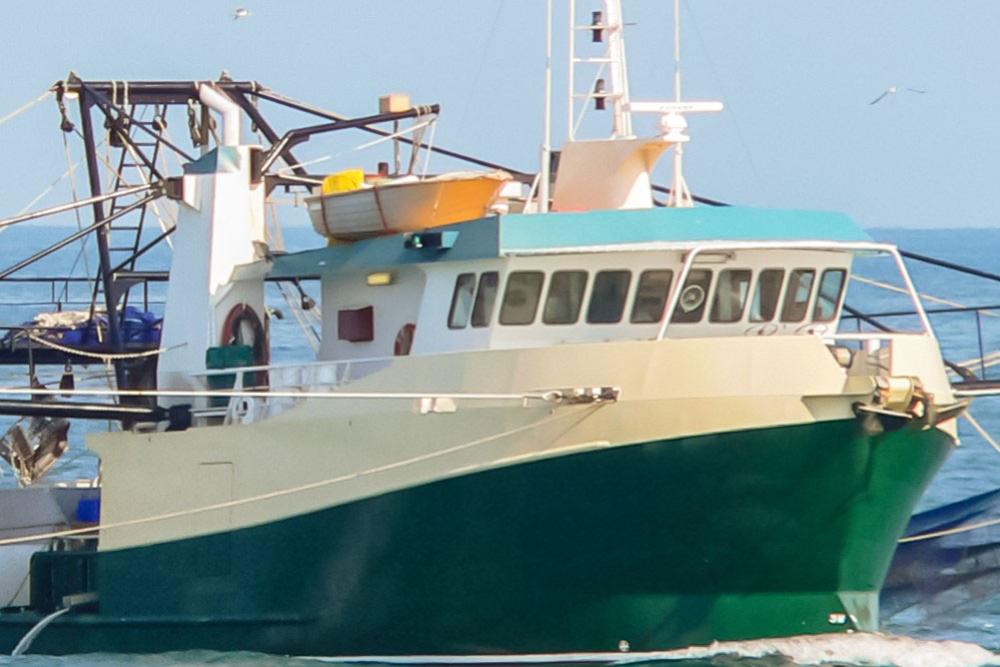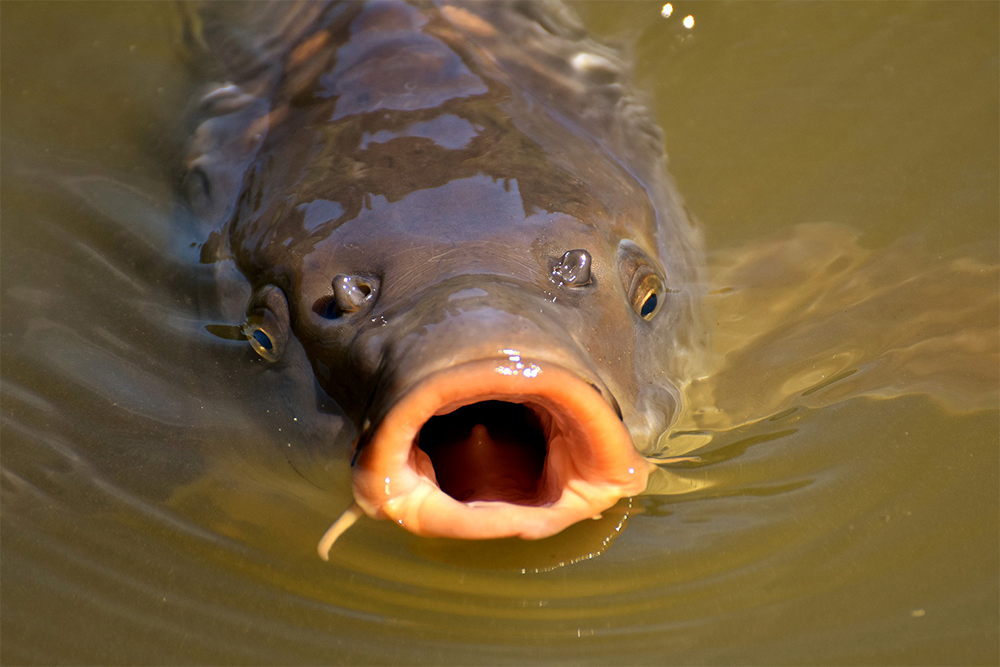A new report from the Australian Bureau of Agricultural and Resource Economics and Sciences (ABARES) has found that the majority of stocks assessed were both not overfished and not subject to overfishing.
The ABARES Fishery status reports 2022 provides an annual, independent assessment of the performance of these fisheries.
ABARES Executive Director, Dr Jared Greenville, said the Fishery status reports 2022 indicated that Commonwealth fisheries continue to be well-managed. Dr Greenville noted that, of the 101 stocks assessed, 69 were classified as not overfished and 81 were classified as not subject to overfishing.
“The reports reflect a generally stable trend of stock status, with only six stocks changing status from last year,” Dr Greenville said.
“While the news overall is positive, with four of the six changed stocks improving in status, two domestic stocks have declined in status.
“Both john dory and eastern zone jackass morwong in the Southern and Eastern Scalefish and Shark Fishery are now classified as overfished, which is a measure of the size of the underlying fish stocks. The eastern zone jackass morwong is also classified as subject to overfishing, which is a reflection of the fishing mortality rate.
“The Australian Fisheries Management Authority (AFMA) has reduced total allowable catches for these stocks for the 2022–23 fishing season and has developed and agreed a network of spatial closures to prevent fishing in areas of high abundance for at-risk species. The closures will start in May 2023.”
Dr Greenville also noted that there are a number of stocks which have been classified as overfished for some time. AFMA is continuing to work with stakeholders on strategies to rebuild these stocks.
The Fishery status reports 2022 also looks at the economic performance of fisheries managed by the Australian Government. These fisheries generated an estimated gross value of production (GVP) of $374 million in 2020–21, representing 27 per cent of the $1.39 billion GVP of Australia’s total wild-caught fisheries.
For a copy of the report visit: https://www.agriculture.gov.au/abares/research-topics/fisheries/fishery…



